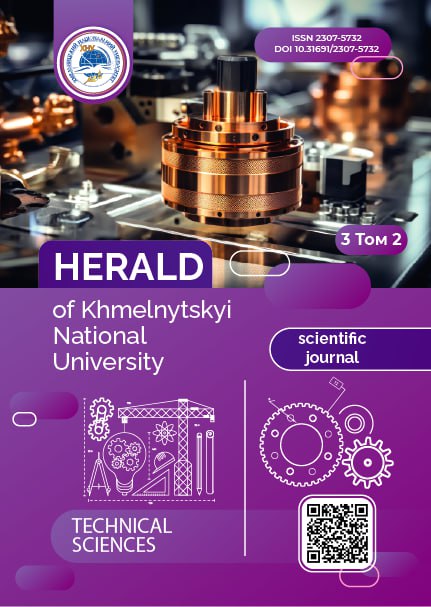CHOOSING A METHODOLOGY FOR ASSESSING THE DIGITAL MATURITY OF SEWING ENTERPRISES
DOI:
https://doi.org/10.31891/2307-5732-2025-353-38Keywords:
Digital Maturity Assessment, garment enterprises, DMAT, ADMA Scanner, Industry 4.0, sustainable developmentAbstract
Assessing the digital maturity of clothing manufacturing small and medium-sized enterprises (SMEs) is a key step toward their green transformation and digitalization. The paper analyzes approaches to evaluate the digital maturity of SMEs, particularly in the sewing and textile sectors. Within the framework of Ukraine's National Economic Strategy 2030 and the "Digital Economy" priority, SMEs in the clothing industry and textile sector must transition to digital management methods and automation. Digitalization enhances resource efficiency, reduces textile and paper waste through virtual samples, digital patterns, and layout systems, and promotes environmentally sustainable development according to the principles of the circular economy in line with the European Union's Green Deal.
Conducting surveys to assess an SME's digital maturity helps to identify key barriers such as the need for funding, low digital skills, and/or limited technological access. It helps to adapt transformation pathways to EU standards and enhance competitiveness in dynamic market conditions.
Two leading European methodologies are selected for comparative analysis: DMAT (Digital Maturity Assessment Tool) and ADMA Scanner (Advanced Manufacturing). DMAT, developed within the EDIH network, covers six areas (Digital business strategy, Digital readiness, Human-centric digitalization, Data management, Automation & Artificial Intelligence, and Green digitalization), is implemented through a quick online self-assessment survey, and generates radar charts and automatic recommendations. The ADMA Scanner assesses seven transformation areas (technology, production, sustainability, people, customer, supply, and management) in a survey format facilitated by a moderator, comparing results with industry benchmarks and producing tailored recommendations. Additionally, the Technopak methodology is considered, which focuses on five stages of the production cycle and evaluates them across three levels of technological development: basic, intermediate, and advanced.
DMAT, ADMA Scanner, and Technopark methodologies enable the comprehensive identification of barriers and the definition of effective development pathways to enhance competitiveness.
Downloads
Published
Issue
Section
License
Copyright (c) 2025 АЛЬОНА ДЯКОВА, ОКСАНА ЗАХАРКЕВИЧ, ОКСАНА ХАСАНОВА, СЕРГІЙ КОЖЕВНІКОВ (Автор)

This work is licensed under a Creative Commons Attribution 4.0 International License.

